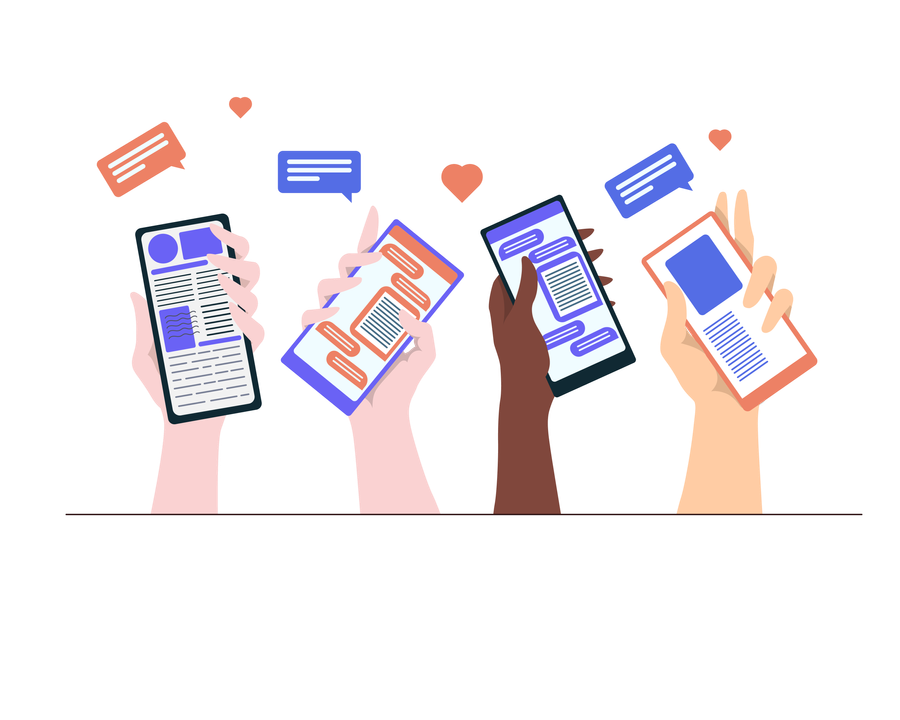Tik Tok Boom! Using social media wisely
~ 3 min read

Tik Tok Boom! Using social media wisely
Social media has the potential to help or to harm.
Social media is one of the best ways for someone with a rare sleep disorder to connect with another person who completely understands them! Whether we’re talking about Instagram, Facebook, Twitter or any one of the other social media platforms, there are a number of different places where someone with narcolepsy or idiopathic hypersomnia can learn more about their sleep disorder, and connect with others. We link many of these resources here.
Some of the wonderful possibilities that social media opens up for those struggling with a chronic medical illness, such as narcolepsy or idiopathic hypersomnia, include:
- Validating your experience as a patient.
- Increasing public awareness about the sleep disorder.
- Supporting you with opportunities to connect with professionals and to learn more about your sleep disorder.
- Creating a sense of community by informing you of upcoming social events, such as these ones.
However, there are some very real concerns that an adolescent with narcolepsy or idiopathic hypersomnia should consider before diving too far into social media. These include:
- Concerns about the privacy of your health information. While sharing stories about your sleep disorder can be very empowering, criminals may use this information to commit medical fraud by submitting fake insurance claims using your information.
- Misinformation exists. There are reliable sources of information about narcolepsy or idiopathic hypersomnia online, which are usually reviewed by medical professionals. On the other hand, there are less than reliable sources of information, often because the person/company is interested in selling a magic potion or cream that promises to cure narcolepsy or idiopathic hypersomnia.
- Negative content. Though a lot of content shared online is encouraging, there are patients who may not have navigated their narcolepsy or idiopathic hypersomnia as well as you have. As a result, they may continually express some of the frustration, confusion, and sadness that you may have experienced during your sleep disorder journey. This can lead you down a challenging emotional pathway.
It is important to take a moment to think about how you want to use social media. Will it be a tool that you use to connect with other adolescents with your sleep disorder? Do you want to use it to vent your innermost feelings in an anonymous fashion? Are you inspired by what many others with narcolepsy or idiopathic hypersomnia have achieved, and want to see their achievements? Whatever it is, there is no ‘right’ way to use social media. Just be sure that what you are getting from social media is in your best interests!